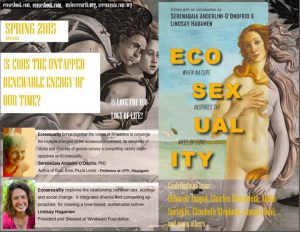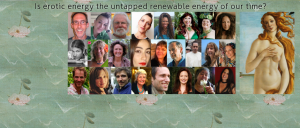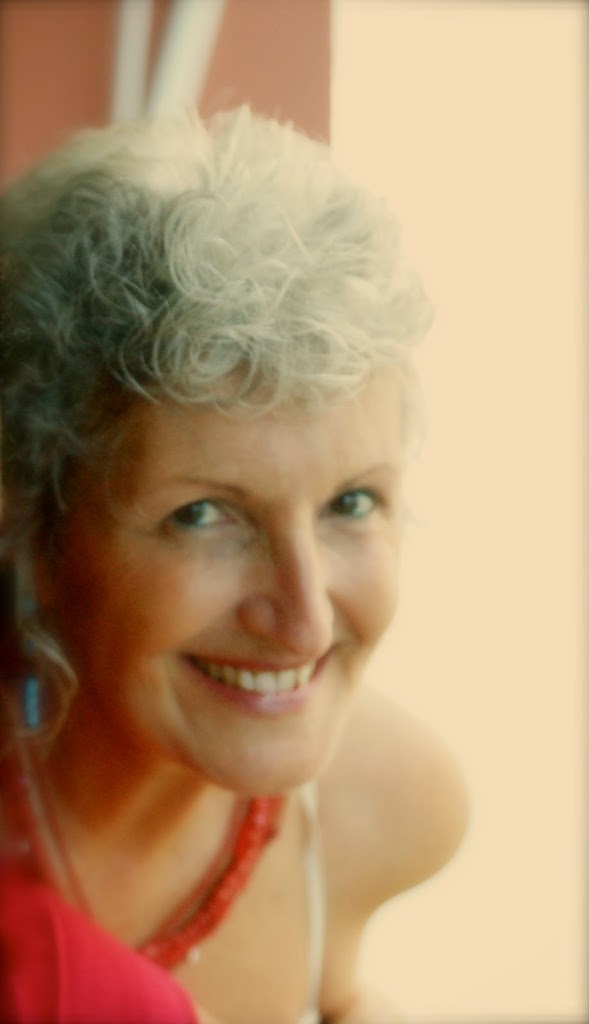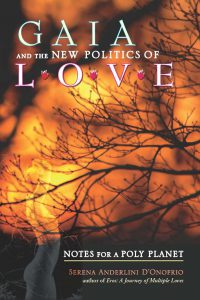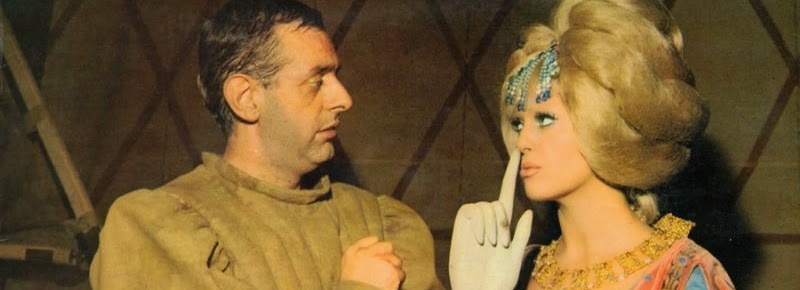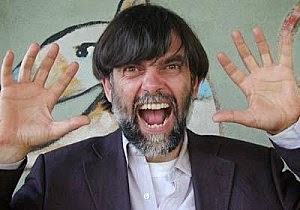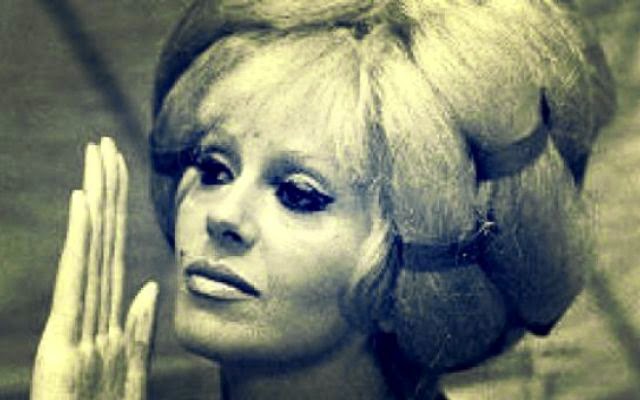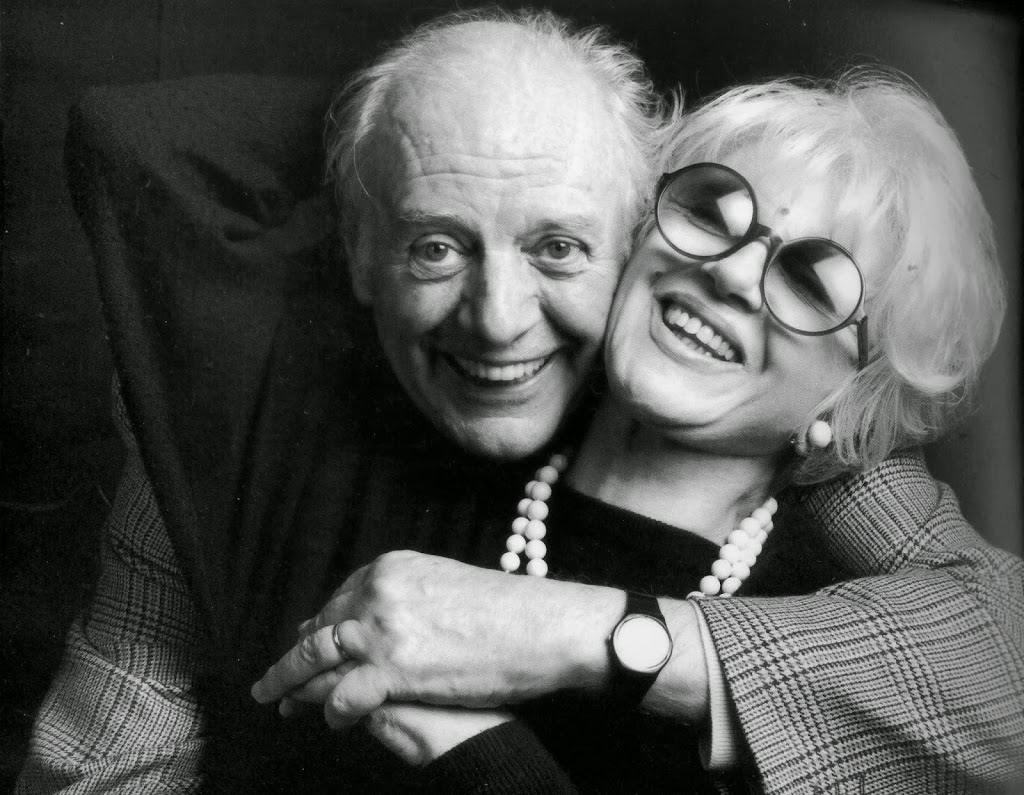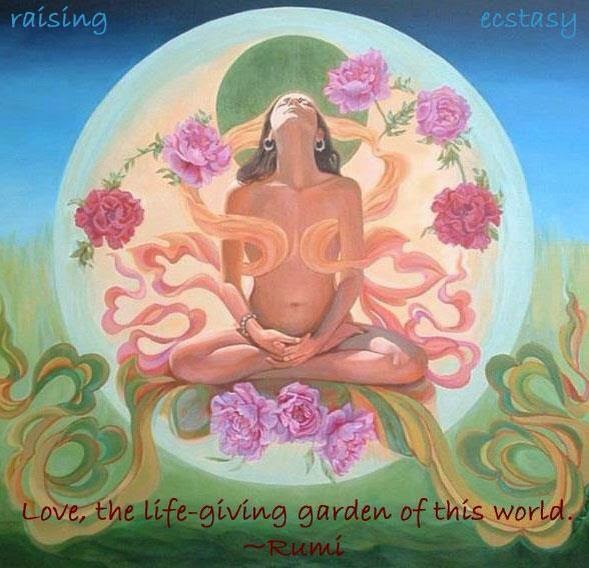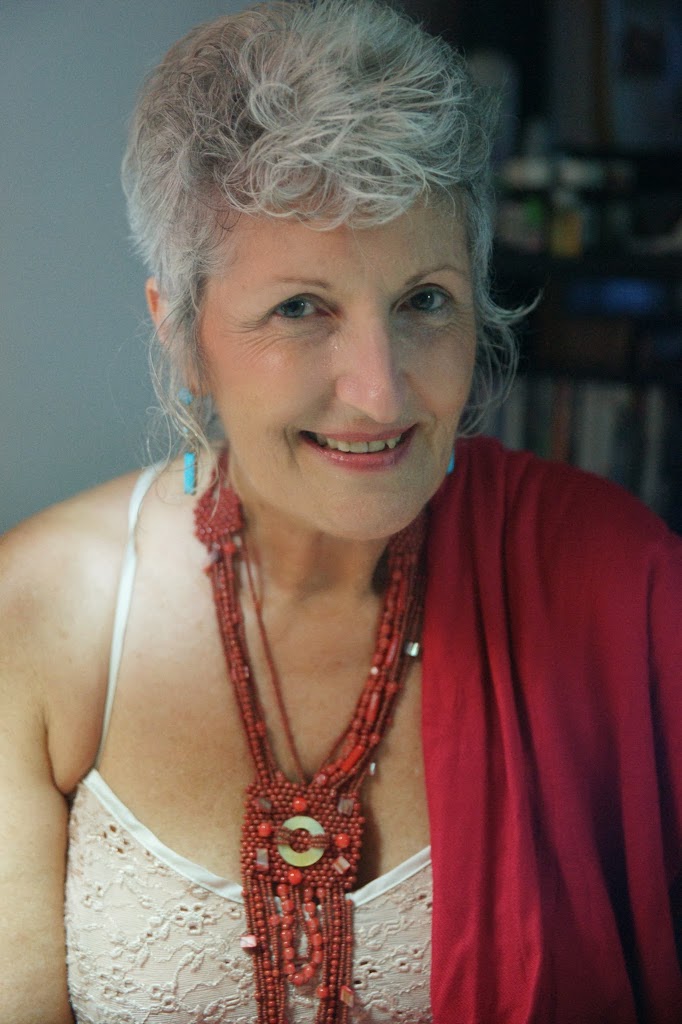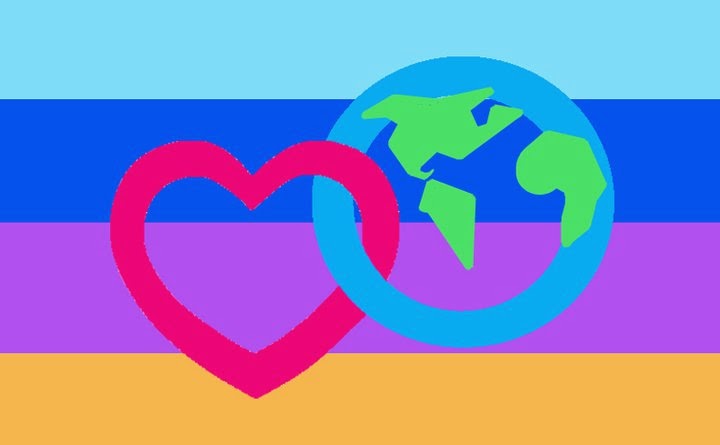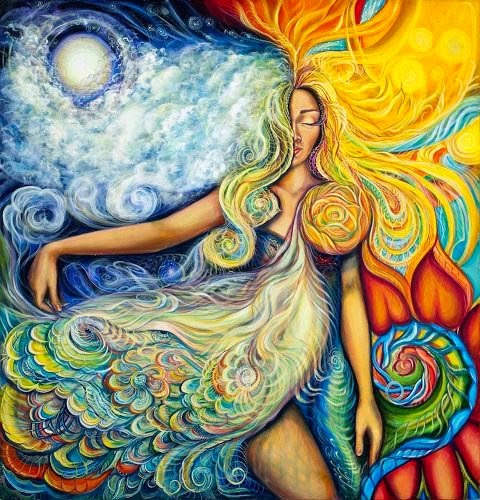 A Review of The Bonobo Way by Susan M. Block. Beverly Hills, CA: Gardner and Daughters, 2015.
A Review of The Bonobo Way by Susan M. Block. Beverly Hills, CA: Gardner and Daughters, 2015.
It is a real pleasure to read Dr. Susan M. Block’s most recent book. It is a pleasure on all counts: the style is fun, humorous, at times satirical with a touch of the surreal. It is very warm, fuzzy, and down to Earth too, with its main points made very clear. The book’s philosophy is meaningful, persuasive, and especially significant at this time in the evolution of our species, when we are in desperate need of new paradigms to shift toward more inclusive, fluid, and sustainable practices of love. Thanks Dr. Suzy!
Susan M. Block’s research is very significant too. The book proves beyond the shadow of a doubt that Bonobos are the missing link in the natural chain that connects bisexuality, polyamory, and ecosexuality. The bi love that reaches beyond genders and the poly love that reaches beyond numbers are just preludes to the ecosexual love that reaches beyond genders, numbers, orientations, ages, races, origins, species, and biological realms, to embrace all of life as a partner with significant and enduring rights. Which is exactly what Bonobos do, and what we humans could also do if only we were more willing to learn from our amorous cousins.
There is no history of interspecies murder among the members of this species. Isn’t that something? And all styles of recreational sex are practiced with the pleasurable result of effectively keeping the social peace. Bonobos are the cousin ape species that proves the power of a repressed aspect of human nature we would do well to embrace more fully: the one that loves love and is loved back with the gift of peace.
Bonobos, reasons Dr. Suzy, are also the non-human species whose culture proves that “nature” is replete with all forms of sexual and amorous expression well beyond what’s required for the continuation of individual genes. There is nothing more natural to Bonobos than practicing what has for way too long been considered “perverse” in humans, including such feats as erotic expression between males, between females, among multiple players, across generations, and with the added options of anal pleasure and of making out in full public view. How interesting for those who disapprove of these behaviors in humans as “unnatural.” More observation of “nature” reveals the ideological meaning of Darwinian concepts of evolution through competition. When Capitalism is dressed as “science” it can pass as a poor justifications for violence with a touch of Victorian prudishness.
Are we really the pinnacle of evolution and the species “made in god’s image”? Or are we just one of many ape species who would do well to leave that pedestal voluntarily before our hubris destroys the lover we all share: Gaia, or the third planet Earth?
We’ll leave the answer to your wisdom. Meanwhile, aping the apes may provide all the experiential knowledge one needs. And as you get to read this highly recommended book, you’ll be blessed with more lessons from the art of analytical observation as practiced by Dr. Suzy. Her research on Bonobos proves that the kind of amorous behaviors many of us believe to be the exclusive mark of human love are actually natural in a much wider sense. For instance, Bonobos practice their own style of French kissing, they make love face to face with abundant eye-to-eye gazing, they take care of each other when in need, while also enjoying abundant mutual grooming. Romantic, no? Perhaps, in defining our species as distinct from “nature” we have been a bit too hubristic too. How could we be the inventors of “true” love if our apish cousins do it too? And, if romance is just as natural as an orgy to Bonobos, could this wide range of erotic and amorous expression not be natural for us humans too? “No couple is an island,” claims Dr. Suzy. And of course it isn’t, as even old-pal Dante knew when he wrote: “love which will not absolve a beloved from loving (someone) in turn,” and then proceeded to explain that Paolo and Francesca kissed while turned on by the courtly love book they were reading. “Amor ch’a nullo amato amar perdona,” reads the original. Perhaps love, as this ancient poet knew, is “the force that moves the sky and other stars.” It’s the ecology of life: the ecosexual energy that connects all live beings, as our team of authors claim in Ecosexuality. Bonobos seem to have a real sense of this: they build social networks of mutual support and sustainability via erotic and amorous behavior. They honor wisdom, age, and femininity, which is another way to allow nature to inspire the arts of love.
This brings me to the very significant political point of the book. “The evolution of peace through pleasure” invoked by Dr. Suzy will really happen if we all get to release our inner Bonobo. In a process of Deleuzian reminiscence, Susan M. Block suggests we can resuscitate the “animal” within. As announced by the visionary French theorist, “becoming-animal” is the transformative process that sets the tone of humility, and yin energy, and vulnerability that will make our species more capable of learning from our more “natural” cousins. Let’s ask the ecosexual primates whose life is more connected to Gaia’s metabolism, the lover we all share. What can we do about the problems that besiege our time, including endless wars, climate change, and the relentlessness of extractive industries? Releasing our inner Bonobo may be it. I hear your skepticism. “Evolving peace through pleasure? It’s just a pipe dream,” you may pout as you read this.
Well, here’s the good news. The Bonobo Way offers the scientific context to believe we can do it. It injects the humor that makes one want to act on this idea. And it provides the step-by-step guidance to actually engineer the transformation. How do we become “Bonobos”? The 12-step program designed by Dr. Suzy is very well engineered to evolve peace through pleasure on a personal and planetary scale. It leads Earthlings like us through the stages of observation, introspection, imitation and experimentation, creation of community, biophilia, and planetary awareness.
Saving the Bonobos might very well save the peaceful animal that lives within. As a person who takes pride in living my life as an experiment in the ecosexual arts of love, I have enjoyed most of the practices described in the program and am eager to experiment with those that are new to me. My world has become a lot safer for that, healthier, happier, and one where I am at peace. Like Ecosexuality as we do. We’ve invited Dr. Suzy on our team for this upcoming book, and hope she accepts.
I can’t recommend Susan M. Block’s Bonobo book too much, and I wish a lot of joy to all those who follow Dr. Suzy’s wisdom.
~~~~~~
Dear Earthlings:
For all the above mentioned reasons, I, SerenaGaia have decided to name 2015 the Year of the Bonobo. Please “like” the Facebook page for our upcoming Ecosexuality book.
Oh, and if you feel you need some personal coaching on how to become a Bonobo, please feel free to browse my Bonobo Coaching practice and connect with me. I will pass my lessons along.
Thanks for your interest. Stay tuned for more good news.
Namaste.
SerenaGaia
Serena Anderlini-D’Onofrio, PhD
Author of Gaia, Eros, and many other books about love
Professor of Humanities, University of Puerto Rico, Mayaguez
Follow us in the social media:
Like Latest Book Ecosexuality
https://www.facebook.com/pages/Ecosexuality-Notes-for-an-Orgasmic-Earth/1393535414244382
Become a Fan of the Book Gaia: www.facebook.com/GaiaBlessings
Go to Author’s Page/Lists all Books:
http://www.amazon.com/-/e/B001JS1VKA
Read and Download Academic Works:
https://uprm.academia.edu/SerenaAnderlini
Go to Poly Planet GAIA Blog:
http://polyplanet.blogspot.com/
Go to Website: www.serenagaia.com
YouTube Uploaded Videos:
http://www.youtube.com/SerenaAnderlini
Be Appraised of Ecosex Community Project PostaHouse
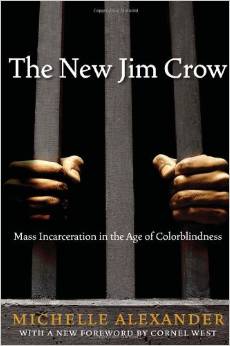 What is then? Devotion to the virtues of plants. Freedom to appreciate their power serenely and with joy. Awareness of their presence as partners with the lover we all share. Moderation in their use as medicine.
What is then? Devotion to the virtues of plants. Freedom to appreciate their power serenely and with joy. Awareness of their presence as partners with the lover we all share. Moderation in their use as medicine.